In this op-ed, James Haynes and Cheng Li argue that just as the U.S. cooperated with the Soviet Union to eradicate smallpox at the height of the Cold War in the 1960s, so it can today cooperate with another great power in China by establishing a CDC task force to distribute a vaccine for COVID-19 to developing countries, delivering a geopolitical win to both countries by helping vulnerable populations around the world. Such cooperation would also help the deteriorating U.S.-China relationship to find a floor after months of free fall. This piece originally appeared in The Hill.
It seems like every week yields more bad news for the deteriorating U.S.-China relationship. Ongoing reciprocal sanctions, heightening rhetoric, and visa bans underlie headlines such as “US-China relations are at an all time low,” and “U.S.-China relations are headed for the ‘darkest chapter yet.’” At the same time, the COVID-19 pandemic continues to worsen in the U.S., as its death toll surpasses 160,000 as of this writing.
But amid both of these downward trends, the U.S. and China have a window of opportunity to make diplomatic inroads through international cooperation while beating back COVID-19. This would benefit both countries – and it wouldn’t be the first time two rivals have stood shoulder-to-shoulder against disease.
At the height of the Cold War in the 1960s, the U.S.-based Center for Disease Control (CDC) and Soviet Union’s Institute of Virus Preparations cooperated to distribute a smallpox vaccine to developing countries. According to global health scholar Dr. Peter Hotez, the USSR provided “450 million doses of vaccine to support global smallpox eradication campaigns in developing countries, while the US provided key financial support.” The World Health Organization (WHO) had previously underfunded inoculation efforts since the effort was considered “a logistical nightmare.” So the two nominally adverse superpowers joined forces to spearhead inoculation efforts. By 1980, the world was free of smallpox.
Inspiring though this story may be, the idea of great powers cooperating to fight COVID-19 has noticeable differences. COVID-19 is a worldwide pandemic that neither the U.S. nor China have fully eradicated, and it is occurring concurrently with fundamental restructuring of U.S.-China relations.
Despite these differences, and although the two countries are unlikely to formally collaborate on creating a vaccine, the leaders of each country should collaborate to distribute it to low-income countries, or at least to commit to distributing to these countries, even if the vaccine may be used in their own countries first. China has indicated it will export a domestically-produced vaccine, but as of this writing the U.S. has not.
Why collaborate? From the U.S. perspective, cooperating to share a vaccine will demonstrate a publicly-supported commitment to the same developing countries China has been making inroads with, which would otherwise face a potential humanitarian disaster. In contrast, avoiding cooperation will create further tension with key U.S. allies and hurt American reputation around the world. On the Chinese side, the top leadership has committed that African countries will be some of the first to benefit from the vaccine once it is developed and approved for use, and China’s Foreign Minister Wang Yi recently called for the U.S. and China to collaborate in this area. The U.S. could not only hold China to its word, but also through further cooperation help the diplomatic relationship find a floor after a long period of free fall.
The form this cooperation could take would be establishing governmental task forces through the American CDC and Chinese Center for Disease Control, which would coordinate with private entities to facilitate vaccine production and on-the-ground distribution.
The focus should be the supply chain. Although such cooperation will be a massive undertaking – one report claims that it will take at least 8000 cargo planes to deliver 1 billion doses to the U.S. market alone, not to mention abroad. The WHO and philanthropies like the Gates Foundation and Gavi are already building and maintaining connections between the U.S. and international health communities. And major pharmaceutical multinationals are promising to distribute as many vaccines as they can produce to everyone.
One challenge that cooperation could face is imbalance between supply and demand, which happened during the 2009 H1N1 influenza vaccination campaign. According to the National Institutes of Health, demand far outstripped supply during the early months, and in later months, supply far exceeded demand. Given the scope of this global effort, international coordination between governments and private sector groups could help to mitigate such confusion.
Finally, the political environment will undoubtedly be a significant threat to this project’s success. Washington is assuming a hardening policy position on China, and there are serious concerns in the West over IP rights being compromised by China or third parties such as Russia. Dr. Rebecca Martin, director at the Center for Global Health at the CDC, has a choice. The CDC could acquiesce to the president and maintain a siloed, nationalistic approach to vaccine distribution for COVID-19, allowing deaths to skyrocket around the world, or it could put aside great power competition to call for great power cooperation on this issue. If the U.S. and Soviet Union could cooperate at the height of the Cold War, the United States and China can cooperate now – and the world will be healthier for it.
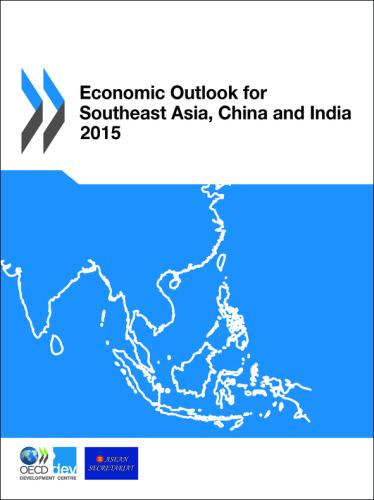

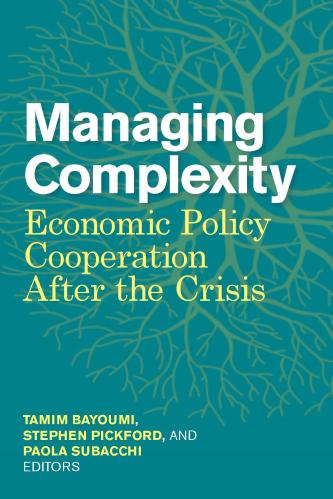
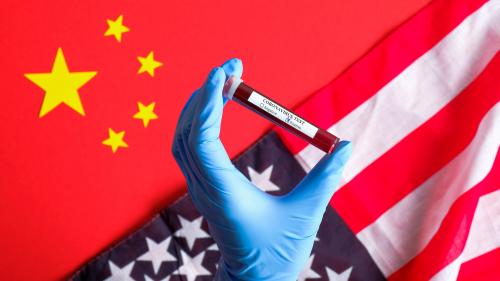
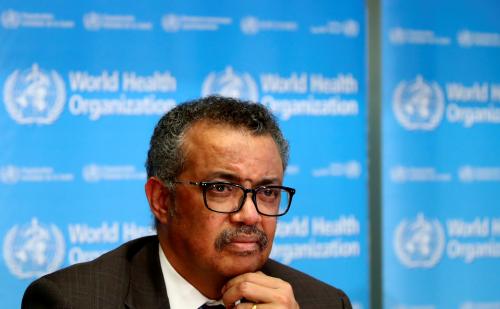
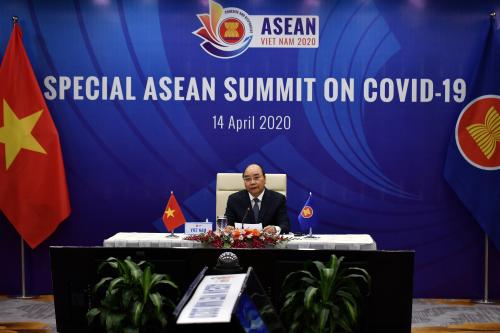





Commentary
The US cooperated with the Soviets on smallpox – it should do the same with China on COVID-19 vaccine distribution
August 27, 2020